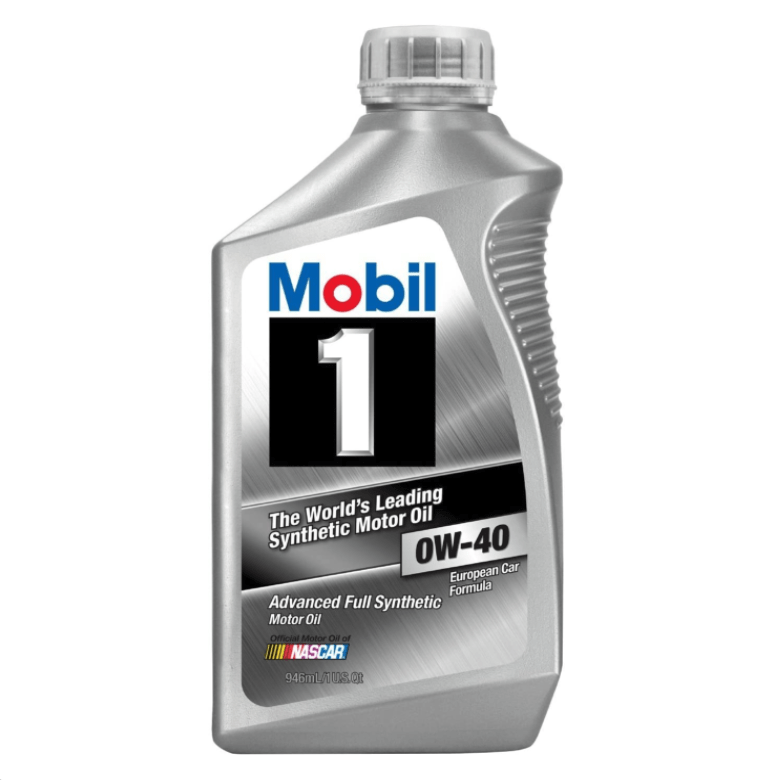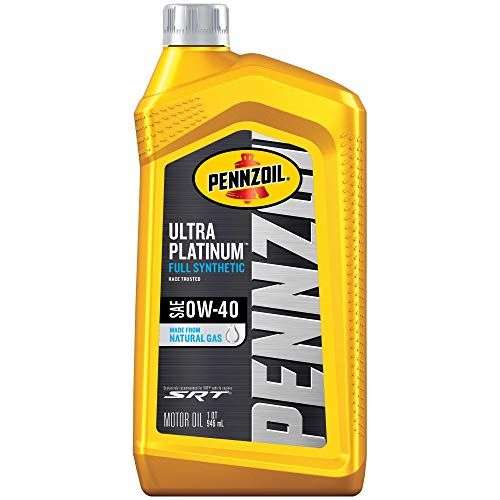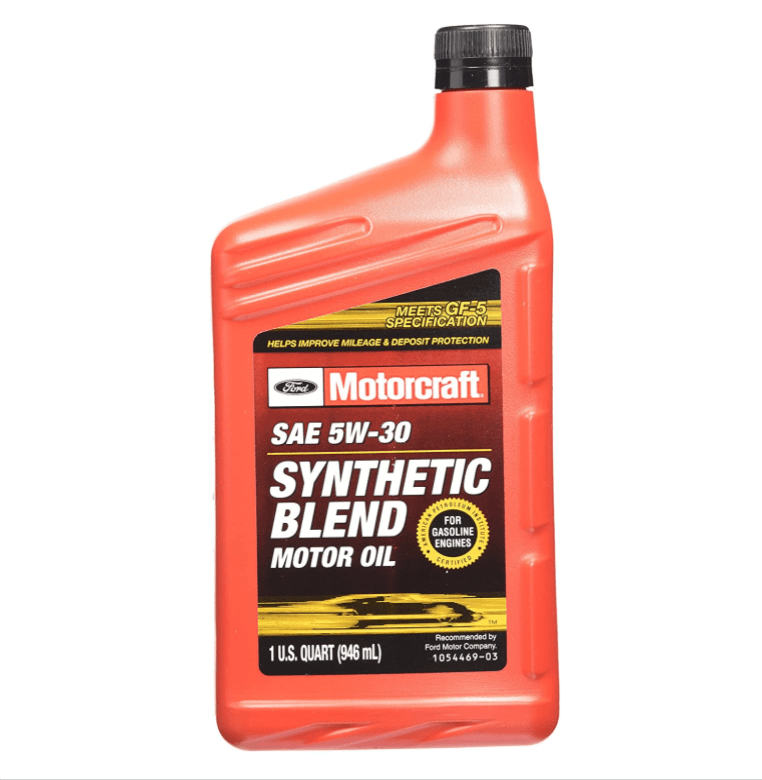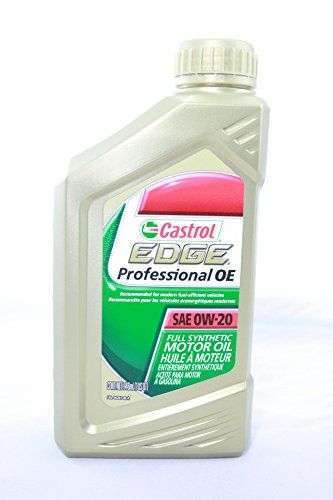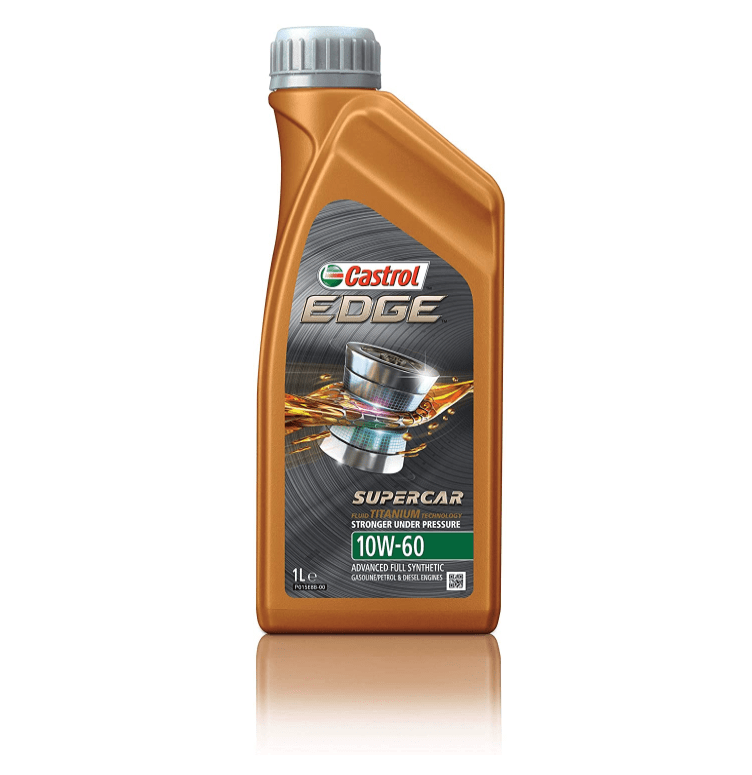How Often Should You Change Synthetic Oil?
Photo: GETTY IMAGES
There’s more than one answer, so let us simplify it for you.
The synthetic oil in your car’s engine has an incredibly challenging job. From lying cold in the bottom of the engine’s oil pan, it needs to surge up to the valve gear at the very top, then flow all the way back down down, and that has to happen almost instantly when you start the engine. The oil protects everything inside your engine: bearings, pistons, cylinder walls, and all the other parts that that move or touch something that does.
Then, after the initial cold startup, the oil must continue protecting no matter how hot it gets and how hard the engine runs. It has to do that for a period of months, if not years, through numerous short trips, long cruises, and (for some) occasional racetrack or twisty two-lane flogs. You depend on your car’s oil to do its job flawlessly through the bitter cold of northern winters and the sticky hot of southern summers—all while fighting rust, contaminants, and passage-clogging deposits.
Your oil works hard, so when should you change it? That depends, so we’ll explain the facts behind the proper synthetic-oil change interval.
Does synthetic oil make a difference?
Today’s engine oils have evolved into brilliantly engineered blends of refined petroleum and sophisticated additives that enable them to retain their protective properties through all those months and miles and inhospitable conditions. Some are suitable for light usage through reasonable periods of time, while others are better for harder and longer-term use. Today’s highest-performing, longest-lasting engine oils are synthetics, which means they are typically engineered and manufactured from chemically modified petroleum components (and some other materials).
Synthetics can provide better startup performance and flow at temperatures down to -40 Fahrenheit, then endure extremely high temperatures without oxidizing, thickening, or turning black. With automakers increasingly using thinner, ultra-low-viscosity (thickness) oils to reduce running friction for better fuel efficiency, synthetics can be formulated to much lower viscosities while retaining their protective and lubricating properties. They are typically two to three times more expensive than regular oils, but they are cleaner and more robust, have superior chemical and mechanical properties, especially in extreme temperature ranges, and can retain those properties longer between changes.
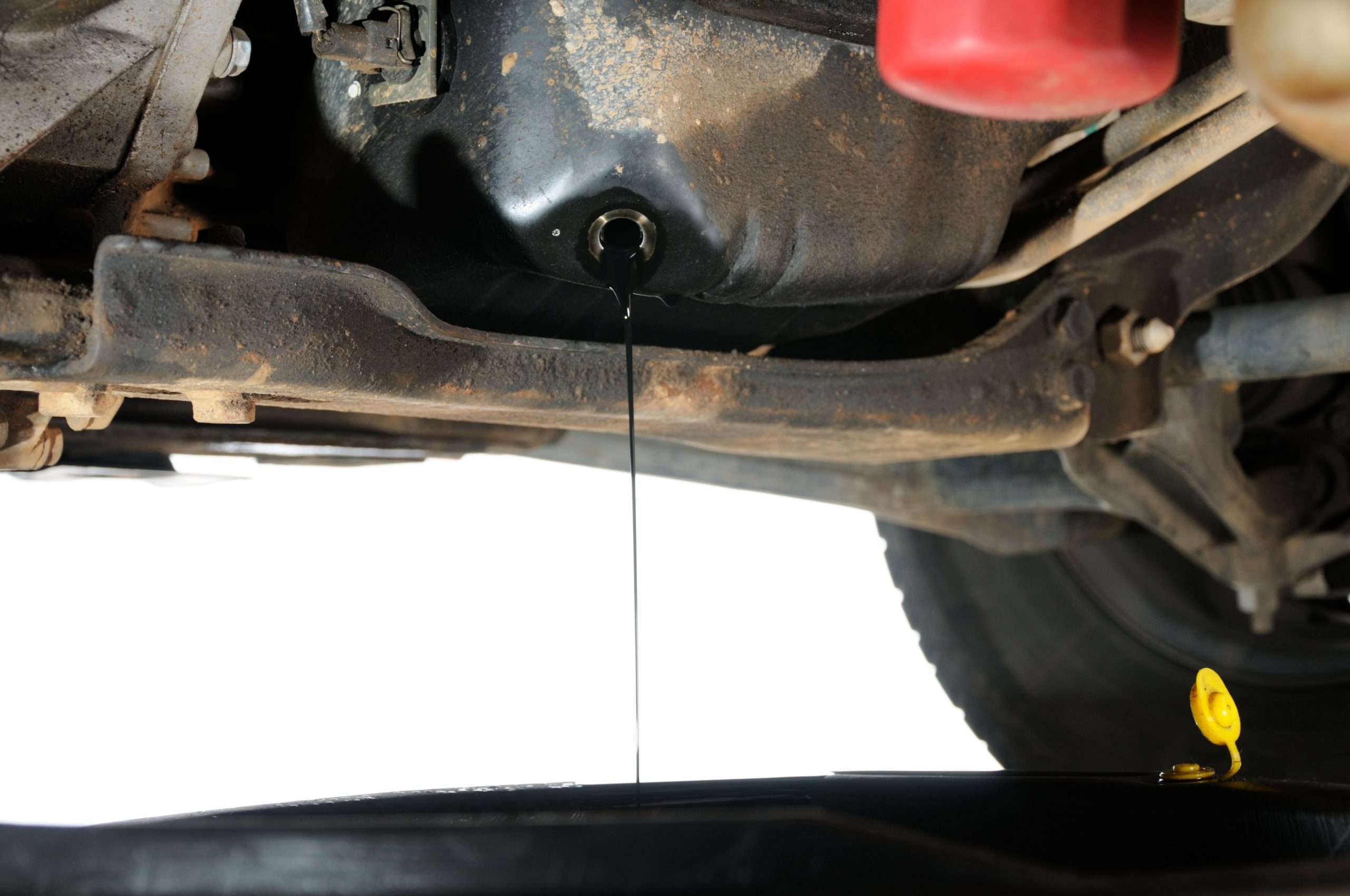
Photo: GETTY IMAGES
The Correct Change Interval for Synthetic Oil
There’s a lot of nonsense floating around about when to change your synthetic oil. If your vehicle runs synthetics—and most do these days—the best place to find the correct oil-change interval is the owner’s manual. Manufacturers’ recommended synthetic-oil change intervals vary greatly. For the vehicles in Car and Driver’s long-term test fleet, those intervals range from 6000 to 16,000 miles (and almost always include oil-filter changes).
Most modern vehicles have change intervals in the 7500-to-10,000-mile range—generally a good schedule to use if you absolutely cannot find any information on the oil-change interval for your vehicle. Manufacturers also have a special set of recommended synthetic oil-change intervals for vehicles driven in severe conditions like Mojave Desert heat or Alaskan cold—or for vehicles that spend most of their time on dusty roads. Many newer vehicles have oil-quality monitoring systems that keep track of driving conditions—the length of your trips, engine temperatures, and other engine parameters. The algorithms in those systems calculate when your oil should be changed and alert you when it’s time.
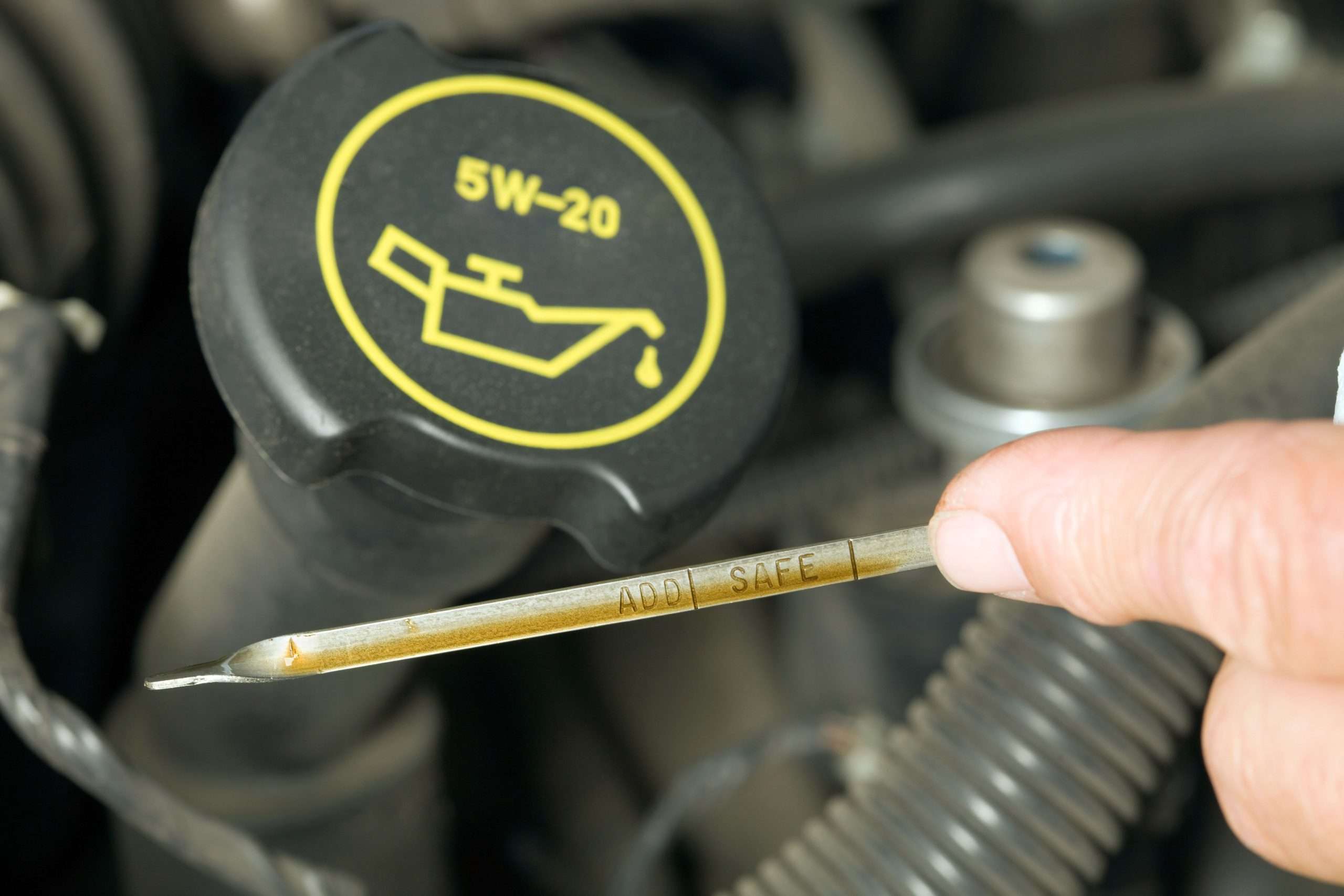
Photo: GETTY IMAGES
If your vehicle is older, you might want to consider one of the synthetics billed as “high mileage” oil. These oils do have a different combination of additives that might be a little better suited to engines with a lot of wear, tear, and miles on them. There’s no hard-and-fast rule that you should put them into your car’s crankcase, however. Most important is to use a synthetic with the same SAE viscosity (named for the engineering organization SAE International) that the factory filled your car with in the first place, and to follow the correct oil-change interval. Doing that will help your car run properly and your engine last longer.

